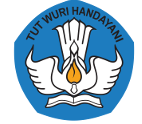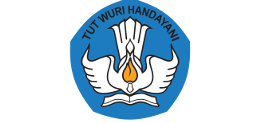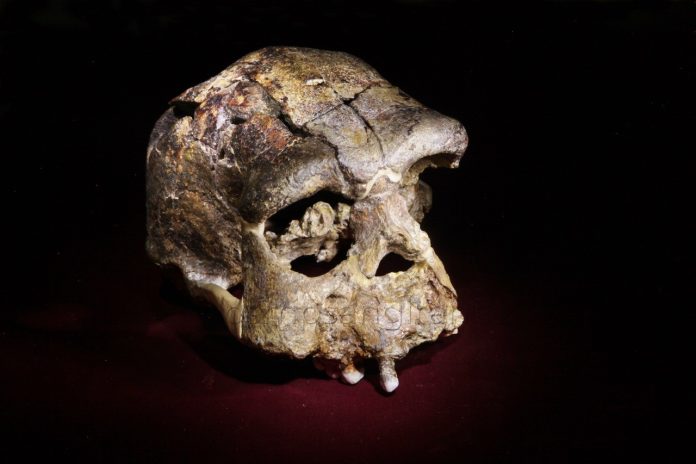Sangiran 17 is a complete skull of an early human named Homo erectus and the most important finding at the Sangiran site. Sangiran 17, also known as Pithecanthropus VIII, was found in 1969 by the locals.
The skull is found at Pucung, Dayu, Gondangrejo, Karanganyar, and Central Java by Tukimin and Towikromo. They are farmers and depend on it for their lives.
S17 was found in the south of the Cemoro River in Pucung, Dayu, Gondangrejo, Karanganyar, and Central Java. The replica of S17 is collected and displayed in a famous paleoanthropology museum around the world and is used as an important reference for reconstructing the face of Homo erectus. The skull was found in the Kabuh formation around 800.000–700.000 years ago.
Sangiran 17 (S17) was found with a complete skull and face; therefore, it is claimed as the most complete finding in Southeast Asia. The skull is the only fossil Homo erectus in Asia that has a “face.” (Meilinda dkk, 2017: 29)
S17 is the best finding in Sangiran because it consists of the skull roof, base skull, and face that have been conserved well. This fossil is the only one in Southeast Asia that still had a face when it was found. According to Meilinda and friends in the book “Sangiran Homo erectus Catalog,” the finding has a very important value because it is used as a reference in reconstructing the face of Homo erectus.
The naming of S17 is based on the serial number of the finding, which means the fossil was found in the 17th century. S17 was found in the sediment of volcanic fluvial flows in Pucung and the masterpiece. The replica of S17 is collected and displayed in a famous paleoanthropology museum around the world and is used as an important reference for constructing the face of Homo erectus.
a finding from Sangiran, an early human site that became famous after its introduction by Von Koenigswald in the 1930s. a finding from local people who didn’t realize that it would be a reference for the advancement of knowledge about early humans. (Wiwit Hermanto)
Translate by: Mutiara Solikhah





